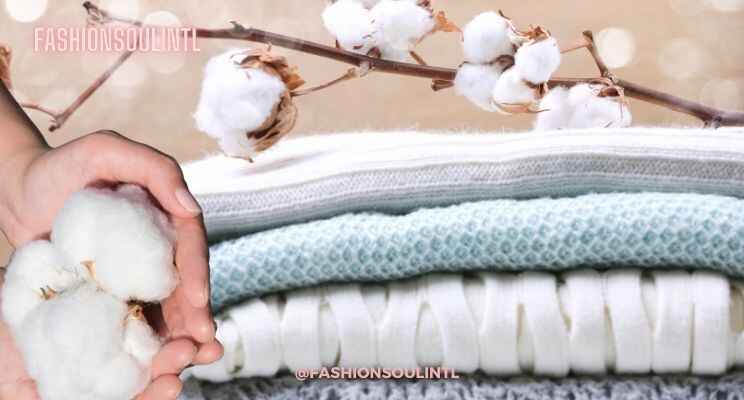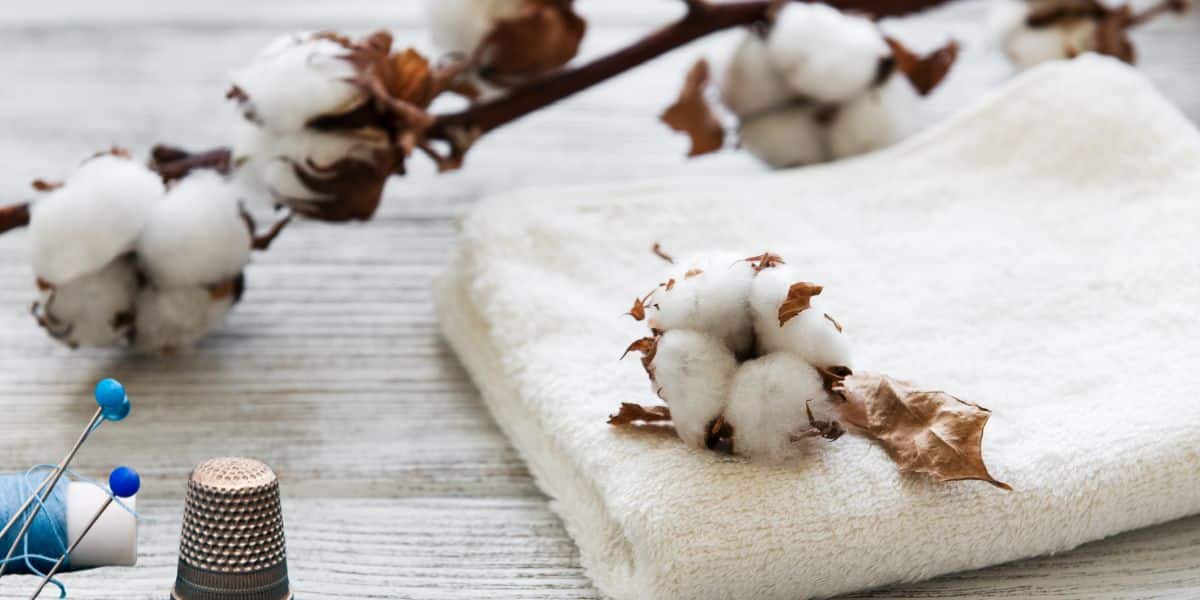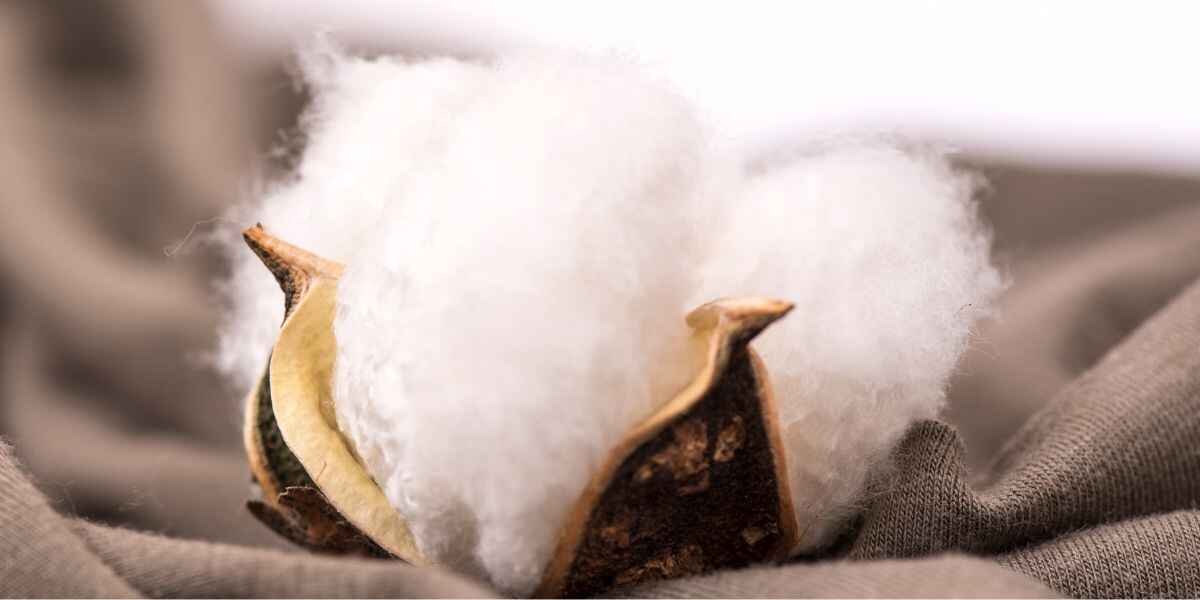Learning the Cotton Fabric and Its Features
Information most popular and versatile materials in the textile industry, has a rich history and numerous features that make it a preferred choice for various applications. From casual wear to industrial uses, cotton’s unique properties offer comfort, durability, and sustainability. In this article, we will explore the fascinating world of cotton fabric, delving into its history, characteristics, benefits, and more.

History of Cotton Fabric
The earliest evidence of cotton use dates to around 5000 BC in the Indus Valley region. Over time, cotton spread to different parts of the world, becoming a staple in various cultures and economies.
Types of Cotton Fabric
Egyptian Cotton
Pima Cotton
Organic Cotton
Known for its superior quality, Egyptian cotton is famous for its long fibers, which produce a softer and more durable fabric. It is often used in luxury bedding and high-end garments.
Similar to Egyptian cotton, Pima cotton is prized for its softness and strength. It is grown primarily in the United States and Peru and is commonly used in premium clothing and home textiles.
It is increasingly popular among consumers who prioritize sustainability and eco-conscious products.
Characteristics of Cotton Fabric
One of the standout features of cotton fabric is its breathability. Cotton fibers allow air to circulate, making it an ideal material for garments that need to keep you cool in hot weather.
Cotton is incredibly soft to the touch, making it a preferred choice for clothing, bedding, and other products that come into direct contact with the skin. The natural fibers of cotton provide a gentle feel, which is particularly beneficial for individuals with sensitive skin.
Despite its softness, cotton is a durable fabric that can withstand regular wear and tear. It holds up well to repeated washing and can maintain its shape and integrity over time. This durability makes cotton an excellent investment for long-lasting garments and home textiles.

Benefits of Cotton Fabric
Comfort and Wearability
Moisture Absorption
Ease of Care
They are soft, breathable, and adaptable, providing a comfortable fit for various body types and climates.
Cotton has excellent moisture absorption properties, making it an ideal fabric for activewear and undergarments. It helps wick away sweat from the skin, keeping you dry and comfortable.
Cotton fabrics are easy to care for, requiring simple washing and drying.
Uses of Cotton Fabric
Casual Wear
Formal Wear
Sustainability of Cotton Fabric
Organic cotton farming avoids the use of synthetic chemicals and promotes sustainable agricultural practices. This method reduces environmental impact and supports the health of farmers and ecosystems.
Many cotton producers are adopting eco-friendly practices, such as water conservation and renewable energy use, to minimize their environmental footprint. These efforts contribute to a more sustainable cotton industry.

Conclusion
Cotton fabric’s unique combination of breathability, softness, durability, and sustainability makes it a versatile and valuable material in the textile industry. From casual wear to industrial applications, cotton continues to be a top choice for consumers and manufacturers alike. As we look to the future, innovations and sustainable practices will ensure that cotton remains a staple in our lives.
FAQs
High-quality cotton fabrics typically have long fibers, a high thread count, and a smooth, even texture. Look for certifications like GOTS to ensure sustainability and quality.
Organic cotton is grown without synthetic chemicals, making it mor environmentally friendly.


